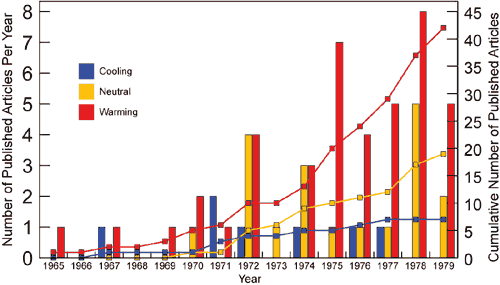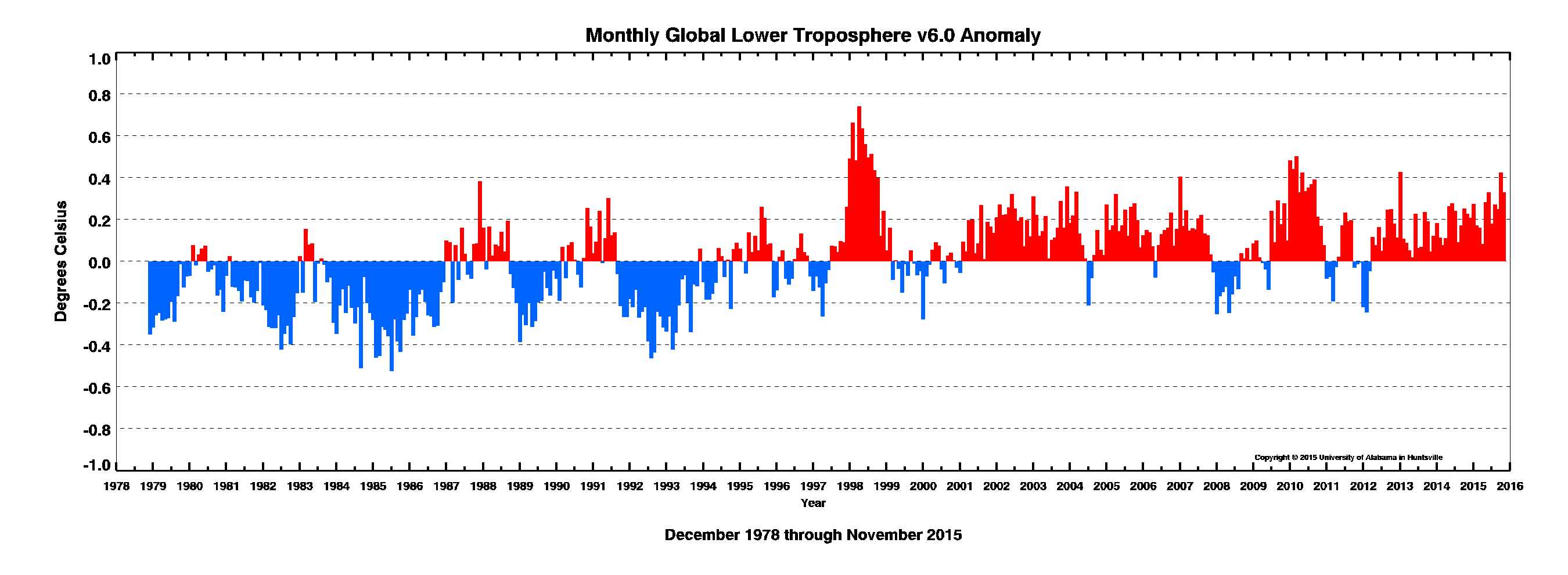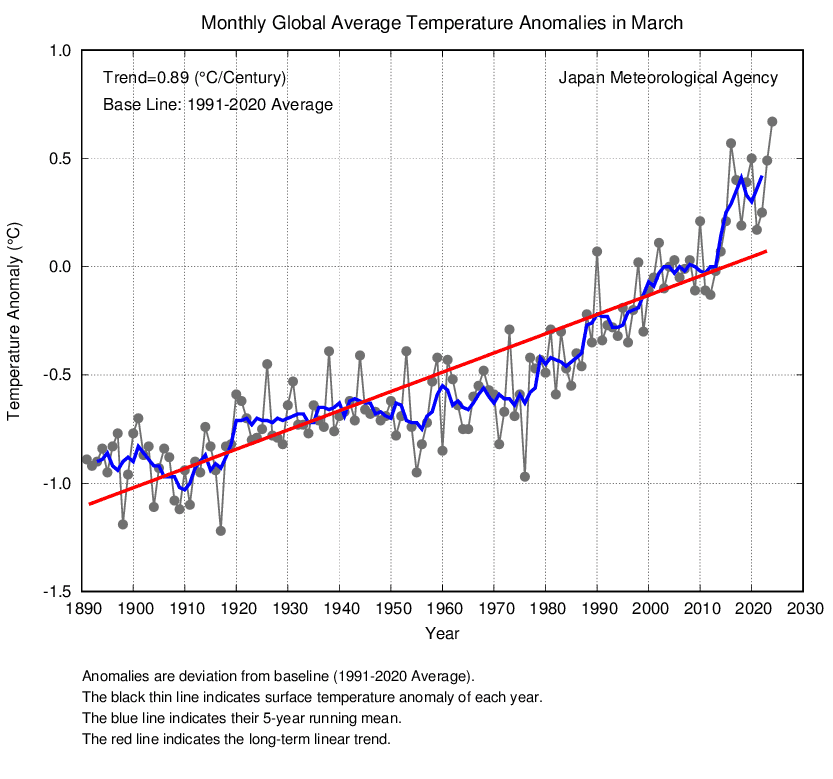Which of the bullshit is a fact ?He won from an objective basis. That almost always happens when you put science up against pseudo-science; facts against bullshit.
Is it a fact that the planet is okay at 288 deg K but doomed at 289, only a fraction of a % higher ?
And after nothing happened it`ll be at 290, then 291 and so on by which time these "scientists" who said so will be 6 feet under, but not under water either but buried by their own bullshit.





